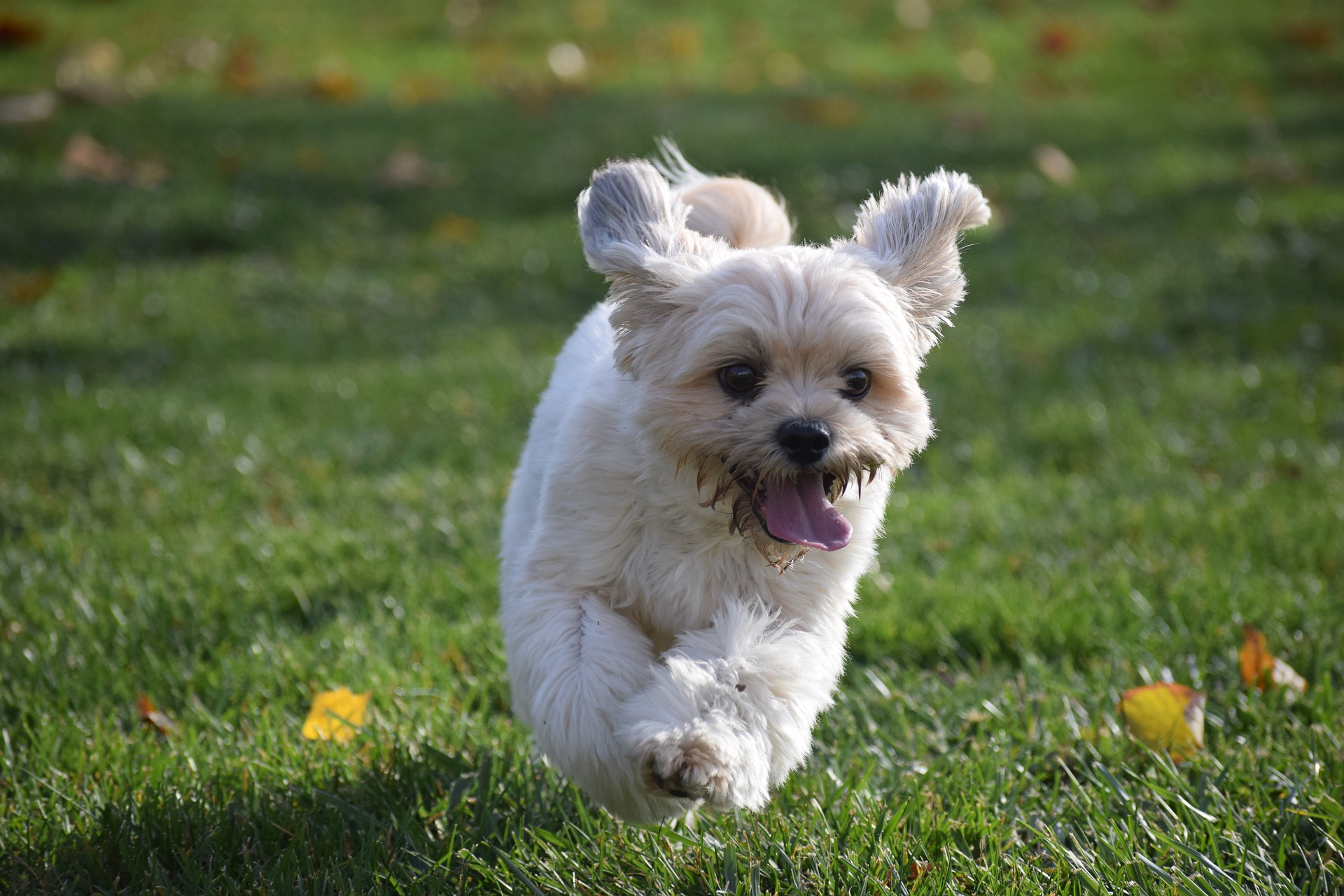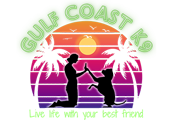Agility is an entertaining and impressive sport that’s also a great way to have fun with your pup. Training for agility stimulates your dog’s brain and teaches them self-control, confidence in their abilities, and trust in you. Dogs as young as 15 months are allowed to participate in agility competitions, but you can begin training much earlier. There are many agility classes you can enroll your pup in, but you can start agility training on your own as well.

Build Your Dog’s Confidence
Puppies benefit greatly from exposure to different objects, settings, people, and animals. Introducing them to small agility training equipment at a young age is a great way to help socialize them–objects like a see-saw or tunnel can be quite scary to dogs, but making the effort to form positive associations with them from a young age will make your dog more confident as they grow and encounter other unfamiliar things. As they grow more comfortable and achieve something like walking through the tunnel, they gain invaluable confidence and an excitement to do it again.
Self-Control is Key
As your puppy trains, they will learn self-control. They need to be able to wait until they’re released from the starting line, and need to listen and understand the obstacle pattern instead of performing them in a different order. Before hitting the agility training course, you can work on your pup’s impulse control with tricks like “wait” before being released, or by teaching them to “place” when someone knocks at the door.
Get them Used to Surfaces
On the course, there are many different surfaces your dog encounters–from wobbly boards to crinkly tunnels. It’ll be beneficial for your agility training to make sure you introduce them to as many surfaces as you can. Have them walk on many different floor textures, like wood, carpet, stone, tile, gravel, etc. Lay out materials like a tarp to get them used to both the strange texture and sound. You can work your way up to large moving objects by starting slowly with a marble or tennis ball placed underneath a piece of wood or cardboard. The more socialized your puppy is with strange surfaces, the more willing they will be to try others.
Train the Basics First
Sit, stay, and down are basic commands that every dog should know before beginning their agility training. They’ll come in handy for start lines and finish lines. It’s also helpful to teach them their left and right turns, and to play follow-the-leader games where they need to stick by your side. Target practice (where they touch their nose to your hand or another object you use as the target)
Teach Some Tricks
There are some trick moves that teach your puppy body awareness and get them used to the motions they will need to master on the course. Teach them their left from their right by having them spin in those directions; have your pup learn to weave between your legs before they move on to weaving poles. “Back up” is a great move to make your pup aware of their backside–an important skill when they’re navigating difficult obstacles during an agility competition.
In agility training (as with any other training), follow your dog’s lead. Progress as slowly as you need to to make sure they are understanding and enjoying the process. You want them to feel happy, encouraged, and excited for their progress.
Gulf Coast K9 Dog Training offers puppy training, playcare and adult canine obedience classes to Sarasota and Manatee County dog owners.




